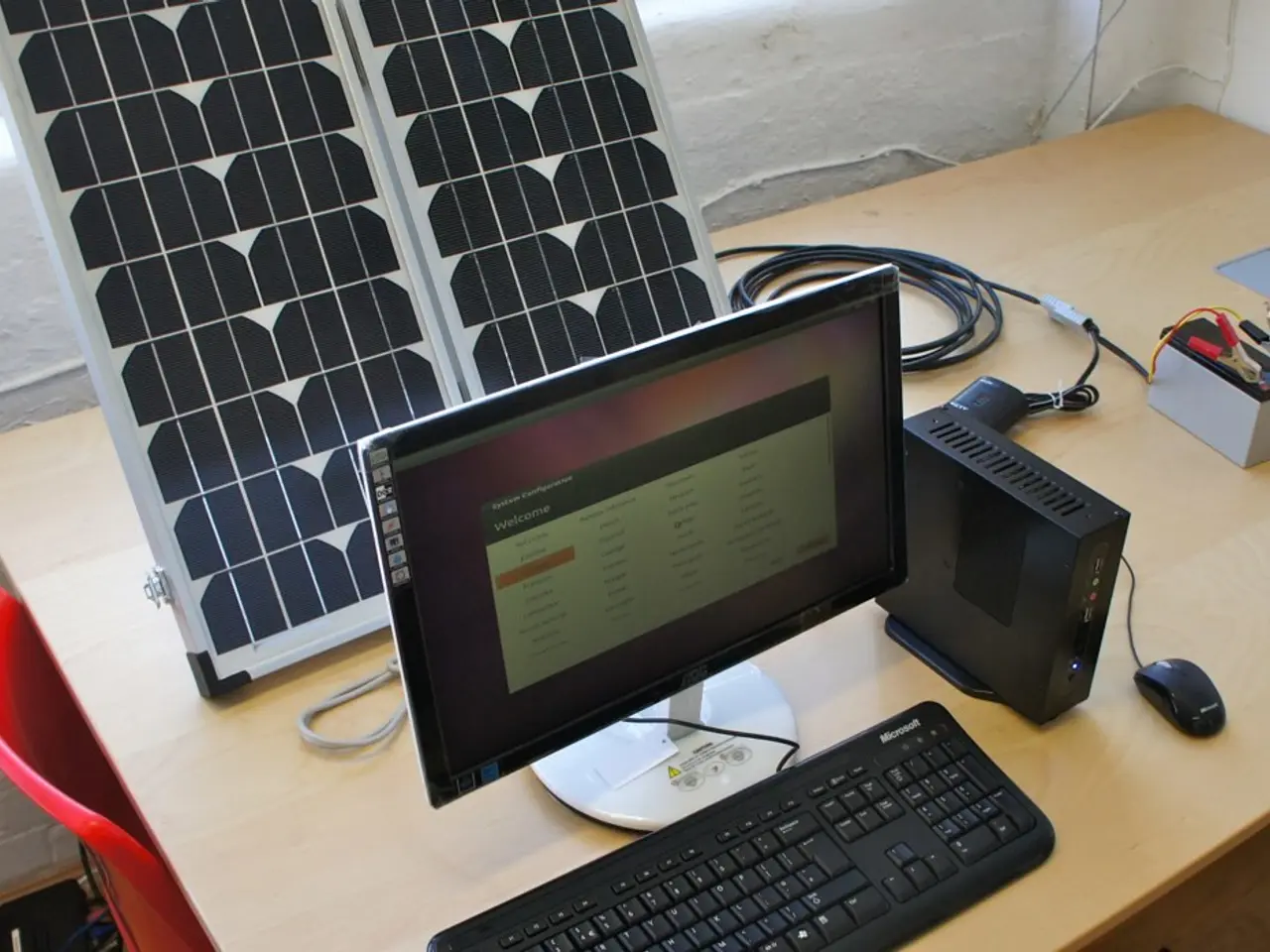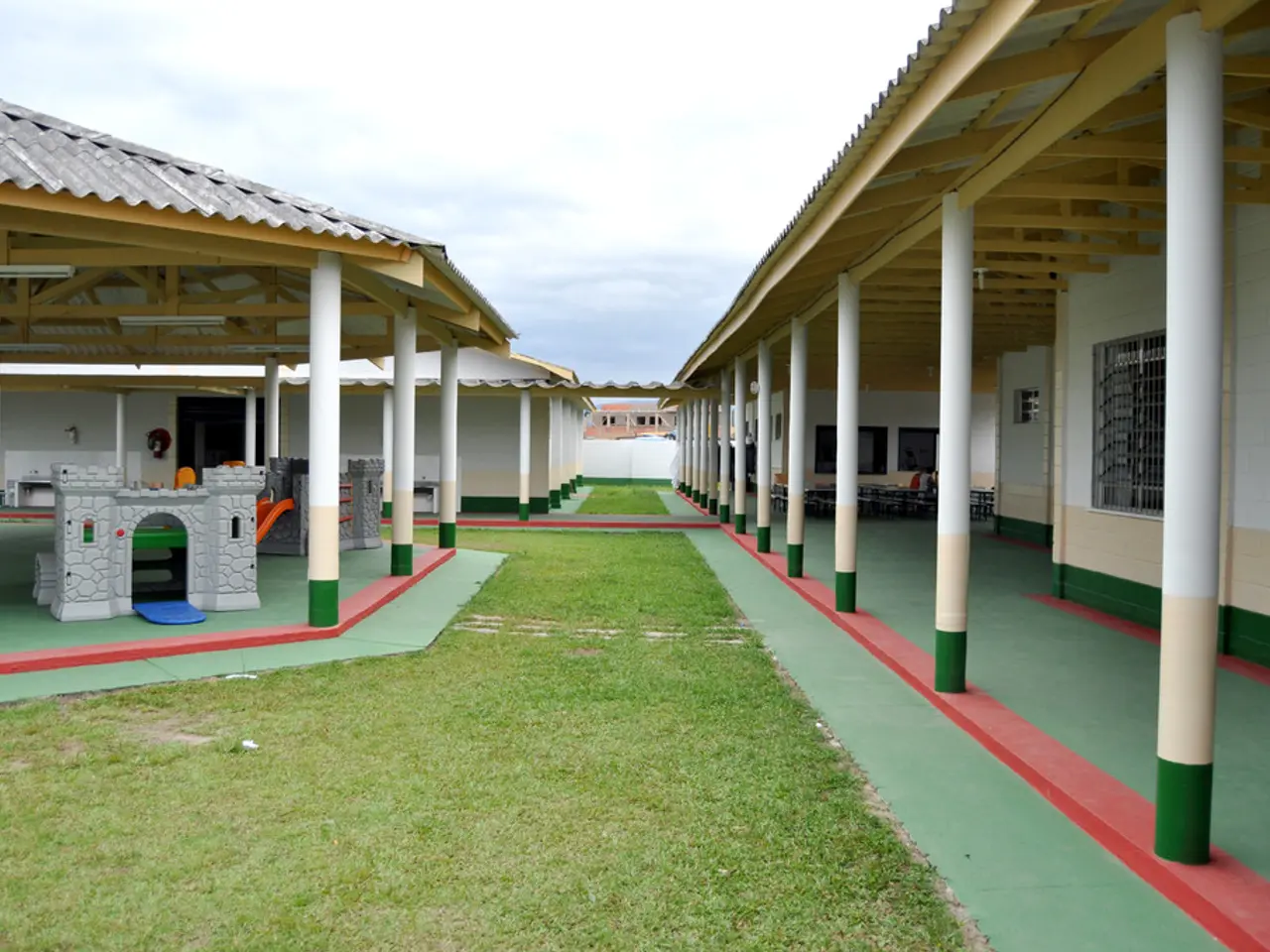Latest Key Highlights from Daily PIB, June 16, 2025
India's Successful Firefighting Measures Contain Offshore Vessel Fire
In a significant development, only thick smoke and a few isolated hotspots remain onboard the distressed Singaporean container vessel MV Wan Hai 503, reflecting the Indian Coast Guard's (ICG) successful firefighting measures. Three ICG Offshore Patrol Vessels are escorting the vessel and continuing firefighting efforts.
On June 13, a Navy Sea King helicopter winched salvage crew onto the vessel, and later, the tow of the vessel was transferred to the ocean-going tug Offshore Warrior. The vessel is currently being towed westward at a speed of 1.8 knots and is nearly 35 nautical miles offshore.
The ICG is coordinating with the Directorate General of Shipping to ensure the vessel remains at least 50 nautical miles from the Indian coastline.
India's Renewable Energy Sector Soars
India's rapid rise in the renewable energy sector has been highlighted by the Union Minister of New and Renewable Energy. The country has become the third-largest manufacturer of renewable energy within just a decade. India has the fourth-largest installed wind power capacity in the world and ranks third in overall renewable energy production globally.
The highest potential states for wind energy in India are Gujarat, Maharashtra, Karnataka, Tamil Nadu, and Andhra Pradesh. The offshore sector is being launched with 4 GW of leasing areas identified in Gujarat and Tamil Nadu, and tenders are being readied.
India aims to meet 50% of its power capacity from non-fossil fuel sources by 2030 and achieve net-zero emissions by 2070, with wind energy playing a central role in this strategy.
Policy Reforms Boost India's Scientific and Research Ecosystem
India has introduced a series of policy reforms aimed at enhancing "Ease of Innovation" and "Ease of Doing Research" to boost its scientific and research ecosystem and position itself as a global R&D hub. These reforms focus on reducing bureaucratic delays, increasing procurement autonomy, and raising financial ceilings for research institutions, thereby empowering India's scientific community and fostering innovation.
Key reforms and details include:
- Procurement Autonomy and Higher Financial Limits: Institutions now have more freedom to procure necessary equipment and services without excessive red tape, facilitating quicker and more efficient research workflows.
- Investment in Research and Innovation Infrastructure: States like Maharashtra have launched startup policies with dedicated funds and innovation hubs to support thousands of entrepreneurs across urban and rural areas, enhancing grassroots innovation and startups.
- Expanded Research Support and Collaboration: Delhi’s draft industrial policy for 2025-35 includes a Rs 400-crore venture capital fund for service sector growth and plans to expand research capacity through grants, mini research/innovation clusters, and collaboration between government and private sectors for training and capacity building.
- Long-Term National Strategies: India’s Ministry of Science and Technology has consistently updated its Science, Technology and Innovation Policy (STIP) over decades — with the latest aiming for technological self-reliance and positioning India among the top three scientific powers by 2030.
These combined reforms represent a strategic shift in India’s approach to innovation and research, aiming to make it easier, faster, and more rewarding to conduct high-quality scientific work and launch innovative ventures nationwide.
Impact of these reforms:
- Boost to India’s Scientific Output and Global Standing: The G20 research and innovation scorecard reveals India’s rise in research performance, attributed partly to these progressive policies and investments.
- Acceleration of Innovation-led Economic Growth: By easing procedural barriers and providing financial backing, these reforms enable faster commercialization of research, creating new technologies and startups that contribute to economic development and job creation.
- Inclusivity and Regional Development: Policies deliberately include rural innovators and diverse demographics, promoting inclusive and widespread innovation beyond metropolitan centers.
- Alignment with Global Goals: The reforms align with international frameworks like the UN Sustainable Development Goals, especially SDG 9.5, which promotes increasing R&D workers and spending.
Recognition for India's Renewable Energy Efforts
Karnataka, Tamil Nadu, and Gujarat were felicitated as the best performing states in terms of Wind Capacity addition. The Wind Energy Roadmap and Manufacturing Roadmap will serve as guiding frameworks for India's journey ahead in building a strong and Aatmanirbhar wind energy ecosystem.
Modernising the grid, investing in AI-based forecasting to manage variable renewable energy, is another priority. Wind power is the second-largest contributor to India's renewable energy mix following solar power. Integrating wind into round-the-clock and firm green power strategies, through storage-linked business models, is a priority.
Addressing High Tariff Rates for Wind Power
The Union Minister of New and Renewable Energy emphasized the importance of renewable energy, especially wind, to India's Atma Nirbhar Bharat vision and global manufacturing hub ambitions. Current tariff rates for wind power are too high and there is a need to work collectively to bring down costs and make wind power more affordable and competitive. India's domestic manufacturing capabilities in wind energy must become more efficient to meet national renewable energy targets and boost exports by remaining globally competitive.
[1] Government of India (2021). National Education Policy 2020. Retrieved from https://www.mhrd.gov.in/sites/upload_files/mhrd/files/NEP_Final_English_0.pdf [2] Government of India (2021). Science, Technology and Innovation Policy 2020. Retrieved from https://www.mst.gov.in/sites/default/files/STIP-2020-English.pdf [3] Government of India (2021). National Research Foundation Bill 2020. Retrieved from https://www.mst.gov.in/sites/default/files/NRF_Bill_2020_English.pdf [4] Government of India (2021). National Research Foundation. Retrieved from https://www.nrf.gov.in/
- The successful firefighting measures on the Singaporean container vessel, MV Wan Hai 503, highlight India's strategy in managing offshore crises.
- Amidst the environmental challenges, India's renewable energy sector, particularly wind power, is gaining traction, catapulting the country to the third position in renewable energy manufacturing globally.
- The Indian government's policy reforms in science, research, and innovation aim to strengthen the nation's scientific ecosystem and position it as a global hub for R&D, aligning with international goals such as SDG 9.5.
- Indian states, such as Karnataka, Tamil Nadu, and Gujarat, are recognized for their wind capacity additions, setting the stage for an Aatmanirbhar wind energy ecosystem.
- The high tariff rates for wind power pose a challenge to making renewable energy more affordable and competitive, a crucial factor in achieving India's renewable energy targets and boosting exports.
- In the general news, the Indian economy's growth trajectory is closely watched as it strives to tap into the renewable energy sector while maintaining a strong manufacturing industry, driven by finance and policy-and-legislation, with a focus on renewable energy as a key component in the Atma Nirbhar Bharat vision.
- The impact of India's renewable energy efforts extends beyond the domestic market, demonstrating the country's positive contribution to global energy dynamics and the environment.




